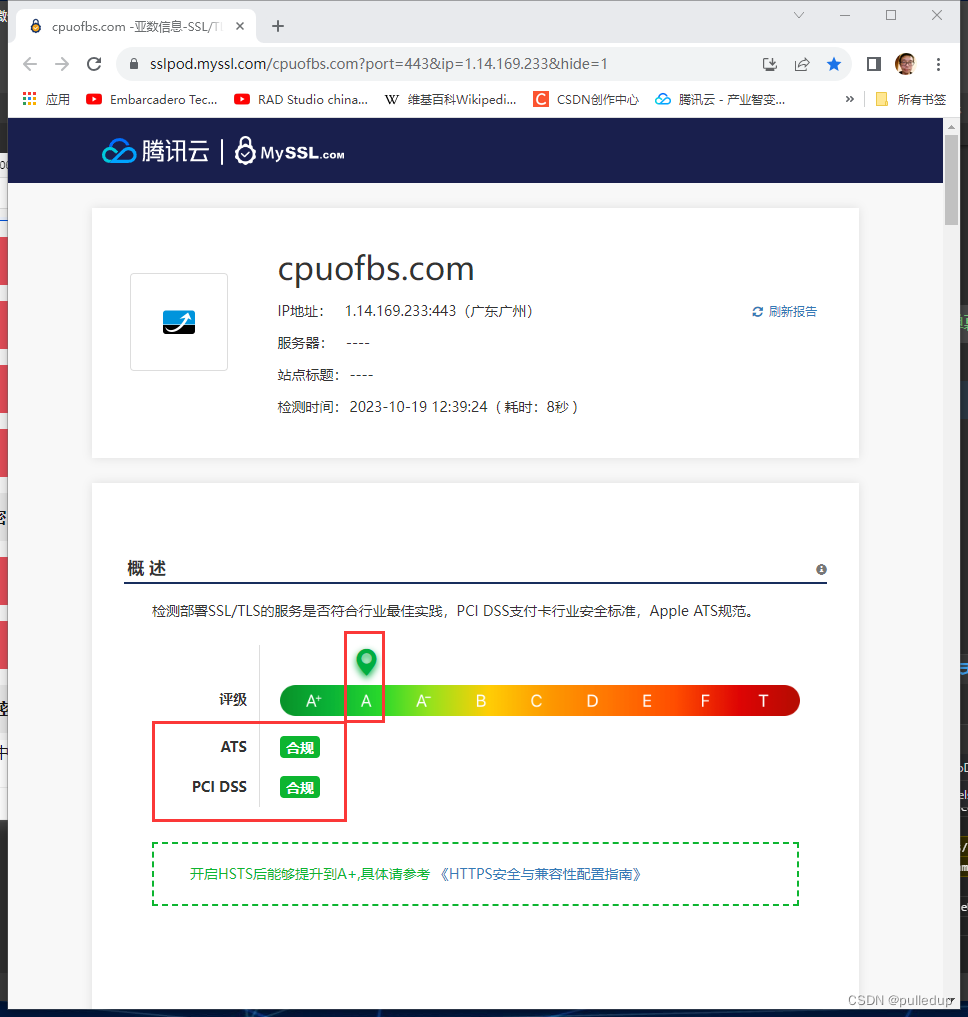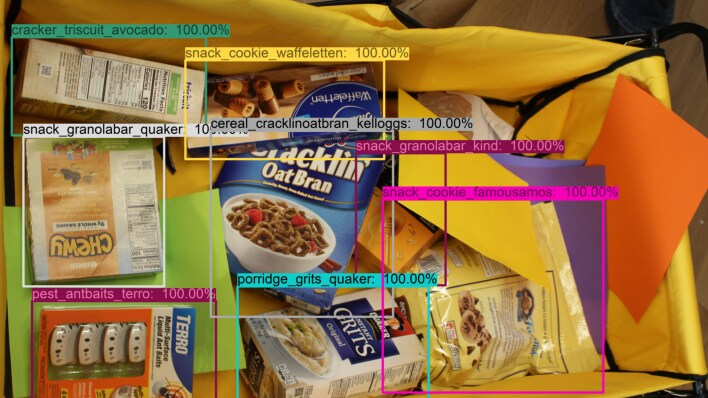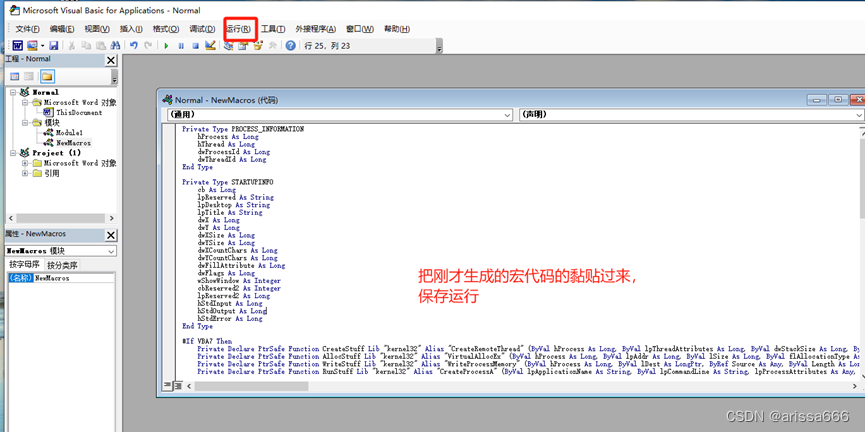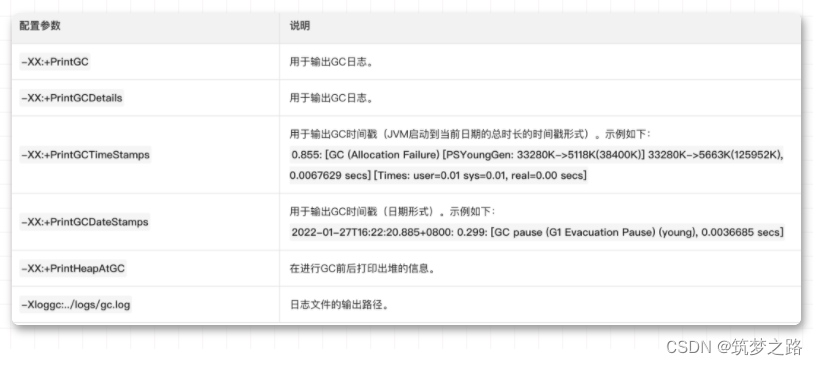**背景:**2D/3D激光雷达扫描的点云数据,拟合直线做分析,实现总共有三种方法:
(1)PCL点云库实现
(2)利用标准库手写
(3)不使用任何库,链表方式实现
使用手写实现的主要目的是因为程序可能会在性能一般的单片机(不支持库)上跑。
第一种方式可看本人激光雷达处理系列中一篇文章:https://blog.csdn.net/qq_37967853/article/details/133946558?spm=1001.2014.3001.5502
接下来主要介绍另外两种方法:
1.标准库手写
struct Point {double x;double y;
};
// 定义拟合直线的模型
struct Line {double slope;double intercept;
};// 计算两点之间的距离
double distance(Point p1, Point p2) {double dx = p2.x - p1.x;double dy = p2.y - p1.y;return sqrt(dx * dx + dy * dy);
}
constexpr double TOLERANCE = 1.0; // 用于计算直线拟合的容差值
constexpr int MAX_ITERATIONS = 100; // RANSAC算法的最大迭代次数
constexpr int MIN_POINTS = 5; // 拟合直线所需的最小点数
constexpr int MIN_INLIERS = 20; // 拟合直线所需的最小内点数
// 生成随机数
double generateRandomNumber(double min, double max) {return min + static_cast<double>(std::rand()) / (RAND_MAX / (max - min));
}
// RANSAC拟合直线
Line ransac(const std::vector<Point>& points) {std::srand(std::time(nullptr)); // 初始化随机种子Line bestLine;int bestInliers = 0;for (int i = 0; i < MAX_ITERATIONS; ++i) {// 随机选择两个点int index1 = std::rand() % points.size();int index2 = std::rand() % points.size();while (index2 == index1) {index2 = std::rand() % points.size();}const Point& p1 = points[index1];const Point& p2 = points[index2];// 计算直线参数double slope = (p2.y - p1.y) / (p2.x - p1.x);double intercept = p1.y - slope * p1.x;// 统计内点数int inliers = 0;for (const Point& p : points) {double d = std::abs(p.y - slope * p.x - intercept);if (d < TOLERANCE) {++inliers;}}// 更新最优直线if (inliers > bestInliers && inliers >= MIN_INLIERS) {bestInliers = inliers;bestLine.slope = slope;bestLine.intercept = intercept;}}return bestLine;
}
int main() {std::srand(std::time(nullptr)); // 初始化随机种子// 生成随机点std::vector<Point> points;for (int i = 0; i < 100; ++i) {double x = generateRandomNumber(-10.0, 10.0);double y = 2.0 * x + generateRandomNumber(-1.0, 1.0); // 两条直线的斜率分别为2和-2points.push_back({ x, y });}std::vector<Point> points1;for (int i = 0; i < 100; ++i) {double x = generateRandomNumber(-10.0, 10.0);double y = -2.0 * x + generateRandomNumber(-1.0, 1.0); // 两条直线的斜率分别为2和-2points1.push_back({ x, y });}points.insert(points.end(), points1.begin(), points1.end());// RANSAC拟合直线std::vector<Line> lines;while (points.size() >= MIN_POINTS) {Line line = ransac(points);lines.push_back(line);// 从数据中移除拟合的内点std::vector<Point> remainingPoints;for (const Point& p : points) {double d = std::abs(p.y - line.slope * p.x - line.intercept);if (d >= TOLERANCE) {remainingPoints.push_back(p);}}points = remainingPoints;}// 输出拟合结果for (int i = 0; i < lines.size(); i++) {std::cout << "拟合直线 " << i + 1 << " 方程:y = " << lines[i].slope << "x + " << lines[i].intercept << std::endl;}return 0;
}
结果:

2.不使用任何库,利用链表数据结构
std只是用来处理随机数生成的,算法部分没使用。详细实现看代码注释
using namespace std;
//点数据
struct Node {double x;double y;Node* next;
};
//直线参数
struct LineNode {double slope;double intercept;LineNode* next;
};
//计算两点x之间最大值(横向最远)
//寻找链表中x的极值
double findMaxDist(Node* head) {double xmax=0;double xmin=0;Node* current = head;while (current != nullptr) {if ( current->x < xmin) {xmin = current->x;}if (current->x > xmax) {xmax = current->x;}current = current->next;}return xmax - xmin;
}
//释放链表内存,在链表使用结束
template<typename T>
void deleteNodeList(T* head) {while (head != nullptr) {T* temp = head;head = head->next;delete temp;}
}
template<typename T>
void deleteArryNodeList(T* lines[]) {// 释放数组链表中的内存int size = sizeof(lines) / sizeof(lines[0]);for (int i = 0; i < size; i++) {if (lines[i] != nullptr) {deleteNodeList(lines[i]);}}
}
//向链表末尾添加数据
void addNode(Node*& head, double x, double y) {if (head == nullptr) {Node* node = new Node;node->x = x;node->y = y;node->next = nullptr;head = node;}else {Node* temp1 = head;while (temp1->next != nullptr) {temp1 = temp1->next;}temp1->next = new Node;temp1->next->x = x;temp1->next->y = y;temp1->next->next = nullptr;}}
//向链表末尾添加数据
void addLineNode(LineNode*& head, double slope, double intercept) {if (head == nullptr) {LineNode* node = new LineNode;node->slope = slope;node->intercept = intercept;node->next = nullptr;head = node;}else {LineNode* temp1 = head;while (temp1->next != nullptr) {temp1 = temp1->next;}temp1->next = new LineNode;temp1->next->slope = slope;temp1->next->intercept = intercept;temp1->next->next = nullptr;}}
//合并链表
//将链表1加在链表2后面,顺序不变
void appendList(Node*& list1, Node* list2) {if (list1 == nullptr) {list1 = list2;}else {Node* temp = list1;while (temp->next != nullptr) {temp = temp->next;}temp->next = list2;}
}
//链表1赋值替换链表2
void replaceList(Node* list1, Node*& list2) {// 释放链表 list2 的内存while (list2 != nullptr) {Node* temp = list2;list2 = list2->next;delete temp;}// 复制链表 list1 的节点到 list2Node* current = list1;Node* head_1 = nullptr;//head_1为head_1链表的头节点地址while (current != nullptr) {Node* newNode = new Node;newNode->x = current->x;newNode->y = current->y;newNode->next = nullptr;if (head_1 == nullptr) {head_1 = newNode;}else {Node* temp = head_1;while (temp->next != nullptr) {//循环遍历head_1链表(中已存放的newNode)temp = temp->next;//找到末尾的空地址}temp->next = newNode;//新newNode数据添加到已存放的newNode末尾}current = current->next;}list2 = head_1;//将head_1链表首地址赋值给list2首地址,指针的值复制
}
//计算链表size
template<typename T>
int getListSize(T*& head) {int size = 0;T* current = head;while (current != nullptr) {size++;current = current->next;}return size;
}
// 从链表中随机选择节点
Node* getRandomNode(Node* head) {int length = getListSize(head);// 生成随机数种子std::srand(static_cast<unsigned int>(std::time(nullptr)));// 生成随机索引int randomIndex = std::rand() % length;Node* current = head;for (int i = 0; i < randomIndex; i++) {current = current->next;}return current;
}
template<typename T>
void printList(T* head) {T* temp = head;while (temp != nullptr) {std::cout << "(" << temp->x << ", " << temp->y << ") ";temp = temp->next;}std::cout << std::endl;
}
// 获取链表中特定索引位置的指针
Node* getValueAtIndex(Node* head, int index) {Node* temp = head;int currentIndex = 0;while (temp != nullptr) {if (currentIndex == index) {return temp; // 返回节点的值(或你想要获取的值)}temp = temp->next;currentIndex++;}return nullptr;// 如果索引超出链表长度,可以根据具体情况进行错误处理// 在此示例中,我们返回一个默认值 -1.0/*return -1.0;*/
}
constexpr double TOLERANCE = 2.0; // 用于计算直线拟合的容差值
constexpr int MAX_ITERATIONS = 100; // RANSAC算法的最大迭代次数
constexpr int MIN_POINTS = 15; // 拟合直线所需的最小点数
constexpr int MIN_INLIERS = 20; // 拟合直线所需的最小内点数// 生成随机数
double generateRandomNumber(double min, double max) {return min + static_cast<double>(std::rand()) / (RAND_MAX / (max - min));
}// RANSAC拟合直线
LineNode* ransac(Node*& points) {std::srand(std::time(nullptr)); // 初始化随机种子//Line bestLine;LineNode* bestLine = nullptr;int bestInliers = 0;int size = getListSize(points);for (int i = 0; i < MAX_ITERATIONS; ++i) {//随机从链表中选择两个不相同的点,生成随机数种子//生成随机索引int randomIndex1 = std::rand() % size;Node* randomNode1 = getValueAtIndex(points, randomIndex1);int randomIndex2 = std::rand() % size;while (randomIndex1 == randomIndex2) {randomIndex2 = std::rand() % size;}Node* randomNode2 = getValueAtIndex(points, randomIndex2);// 统计内点数int inliers = 0;double slope = 0;double intercept = 0;// 计算直线参数if (randomNode1 != nullptr && randomNode2 != nullptr) {slope = (randomNode2->y - randomNode1->y) / (randomNode2->x - randomNode1->x);intercept = randomNode1->y - slope * randomNode1->x;Node* current = points; while (current != nullptr) {double d = std::abs(current->y - slope * current->x - intercept);if (d < TOLERANCE) {++inliers;}current = current->next;}// 内点数最多的直线,更新最优直线if (inliers > bestInliers && inliers >= MIN_INLIERS) {bestInliers = inliers;addLineNode(bestLine, slope, intercept);}}}cout << "bestInliers:" << bestInliers << endl;return bestLine;
}
int main() {std::srand(std::time(nullptr)); // 初始化随机种子// 生成随机点Node* points = nullptr;for (int i = 0; i < 100; ++i) {double x = generateRandomNumber(-10.0, 10.0);double y = 2.0 * x + generateRandomNumber(-1.0, 1.0); // 两条直线的斜率分别为2和-2addNode(points, x, y);}Node* points1 = nullptr;for (int i = 0; i < 100; ++i) {double x = generateRandomNumber(-10.0, 10.0);double y = -2.0 * x + generateRandomNumber(-1.0, 1.0); // 两条直线的斜率分别为2和-2addNode(points1, x, y);}appendList(points, points1);printList(points);//线段最长的double max_line_length = 0;//循环计数int index = 0;//符合墙面线要求的索引,方便求出符合要求的直线int model_index=0;//RANSAC拟合直线,假设提前知道在一百条以内LineNode* lines[100];int points_Size = 0;points_Size=getListSize(points);while (points_Size >= MIN_POINTS) {//循环条件 cout << "points变化size"<<index<<":" << points_Size << endl;LineNode* line = ransac(points);//如果拟合不出直线则退出if (line==nullptr) {break;}cout << "best" << line->slope << " " << line->intercept << endl;lines[index]=line;//外点,从数据中移除拟合的内点Node* remainingPoints = nullptr;//内点,提取内点Node* interiorPoint = nullptr;for (Node* current = points; current!=nullptr ; current=current->next){double d = std::abs(current->y - line->slope * current->x - line->intercept);if (d >= TOLERANCE) {addNode(remainingPoints, current->x, current->y);}else {addNode(interiorPoint, current->x, current->y);}}int interiorPoint_Size = getListSize(interiorPoint);cout << "内点数目" << interiorPoint_Size << endl;int remainingPoints_Size = getListSize(remainingPoints);cout << "外点数目" << remainingPoints_Size<< endl;//寻找内点中最大和最小的点double maxdist=findMaxDist(interiorPoint);cout << "横向最大距离" << maxdist << endl;//内点求满足一定范围斜率且横向长度最长的//if (-tan(45)<line->slope<tan(45) && maxdist> max_line_length) {// max_line_length = maxdist;// model_index = index;//}//计算符合条件的直线方程if (0 < abs(line->slope) && maxdist> max_line_length) {max_line_length = maxdist;model_index = index;}//若没有外点则退出循环if (remainingPoints==nullptr) {break;}replaceList(remainingPoints,points);cout << "------------" << endl;points_Size = getListSize(points);index++;}std::cout << "目标直线方程:y = " << lines[model_index]->slope << "x + " << lines[model_index]->intercept << std::endl;//清除链表内存,即使没有通过newdeleteNodeList(points);deleteNodeList(points1);deleteArryNodeList(lines);
结果:
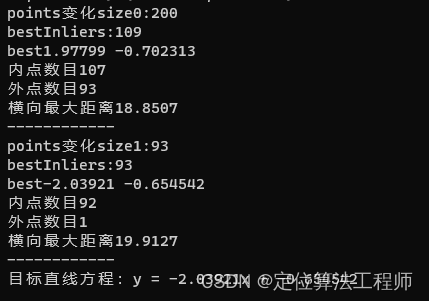
**注意:**对于第二种方法,实现过程中一定要注意指针为空的情况,指针为空时会报错:读取访问权限错误。另外拟合直线时,一定要对数据有初步认识,最好先去除离群点再来拟合,容差设置尤为关键,太小可能会拟合不出直线,太大会导致得到的直线不准确。
以上代码均为本人手敲加调试实现,完成不易,转载或引用请注明出处。
